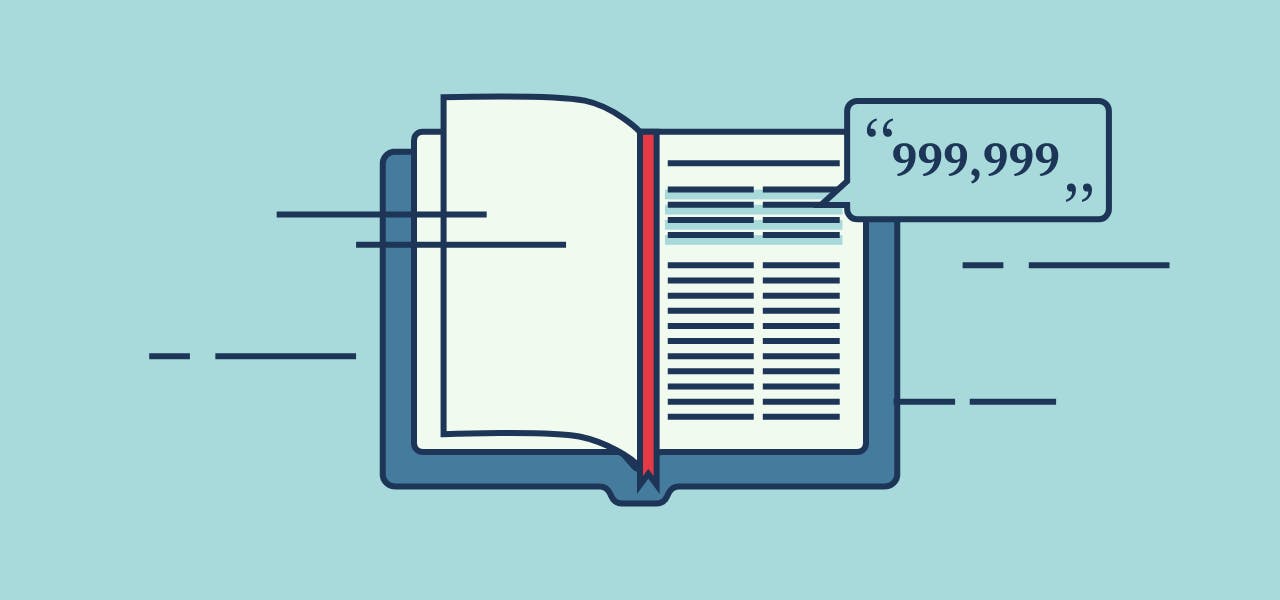The importance of citation counts in the world of academic writing has gained traction over the past couple of decades, but never more so than in today’s current era of digital data tracking. Eugene Garfield’s original foundation of citation indexing was a simple yet revolutionary idea that led to the way citation indicators are used today as a measure of a scholar’s impact, although Garfield wasn’t keen on this evolution of his original creation.
Now, scholars have to continually pay attention to the factors that comprise their scholarly rating so they can ensure their research papers are optimized for maximum reach and impact. Part of this is focusing on the things that will increase citation counts, since this category is the predominant measure of an article’s impact across the world. The higher the citation count, the more it was used and shared, so every part of a researcher’s article, from the abstract to the conclusion, must be optimized.
A Bit of History on Citation Indicators
The history of citation indicators can’t be discussed without bringing in the prominent figure of Eugene Garfield. Born in 1925, he rose to the top of his field in chemistry after graduating from Columbia University. When he realized he wasn’t interested in the hands-on aspect of lab work but would rather be involved in organizing the data and information behind the scenes, he uncovered the primitive methods of citation indexing that were being used and upgraded them to the scientific citation index that became the foundation of today’s databases.
Once the government got involved in research and required a methodology to monitor their research funding investments, Garfield’s ideas became popularized. Over time, they evolved into the citation indicators we use today, including things like the SCI Journal Citation Reports and their introduction of the Journal Impact Factor (JIF).
Why Simple Abstracts are Better
In this era of bibliometrics and Big and Small Data collection, the emphasis has been on tracking down what constitutes a maximum impact paper and how scholars can use this information to create their best work. One of the results has shown consistently that simpler abstracts generate a higher citation count. When the language in an abstract is less laden with technical jargon, readers are more likely to read and cite the article.
Studies have broken down research papers and their abstracts and the results concluded that certain factors have a role to play in the citation count of an article, such as the word frequency in the abstract, which counts how many common words are used versus scientific terminology. The higher readability score of an abstract increased the citation indicator rating, as well. The lower the syllable count in the majority of words and the simpler the sentence, the higher the readability and chance of the article being cited.
Tips to Increase Your Citation Count
Scientific research publication is a competitive field. Movement-oriented scholars are always looking for ways to increase their citation count and stay ahead of the pack in a field dominated by global competitors. These tips can help you do this, ensuring your work hits the maximum audience and reaches the search engine optimization factors necessary to be caught by web crawlers:
● Include your own past work in your citations in new articles when you have previously published something relevant to your current study.
● Use keywords in your title, abstract, alt text images, and headings, as well as the content throughout your paper, to ensure it is seen in the database search.
● Keep the way you use your author name consistent throughout your papers, or use an ORCID identifier to make sure your name is cited correctly and linked to your scholarly reputation.
● Use publication sources that allow readers easy access to your article. Many authors prefer open access journals because readers prefer the ability to open and download the article immediately. However, if you are opting for a print journal, find out how the company handles submitting their work to a repository and what the copyright and self-archiving requirements are.
Between these tips and keeping your abstract simple with a high readability score (use a basic site like Hemingway or your own software to check for this), you can generate a higher citation count for your work naturally.
Improve Your Scholarly Reputation With Impactio
Eugene Garfield’s contribution to science in the form of citation indicators has shaped the entire scope of academics. Factors like JIF and the h-index have steadily evolved and will continue to do so, playing a major role in your scholarly impact. Part of your job is to pay attention to the changes and how your work is being received. When you use Impactio to put your work together and follow your citation indicators, the job is made easy.
The report features in Impactio give you real-time numbers tweaked for the data you are looking to follow. When you want to see your citation indicators laid out in easy-to-understand visuals and adjustable breakdowns, turn to Impactio. All the tools you need to maximize your reputation with professional results are there for you in one impressive all-in-one platform!
